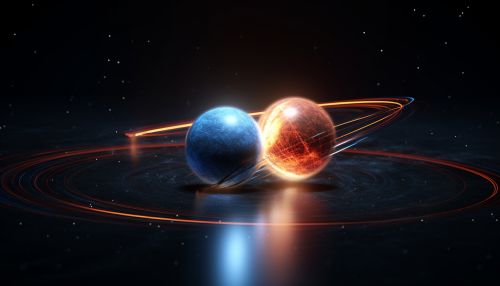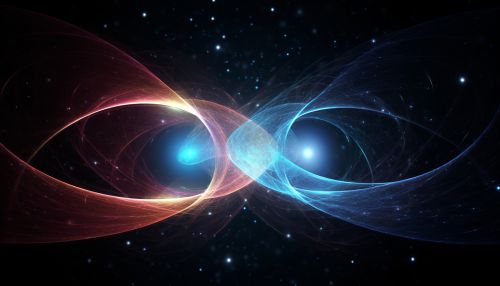The Physics of Quantum Entanglement in Computing
Introduction
Quantum entanglement is a physical phenomenon that occurs when pairs or groups of particles are generated, interact, or share spatial proximity in ways such that the quantum state of each particle cannot be described independently of the state of the other(s), even when the particles are separated by a large distance. This feature of quantum mechanics, as well as several others, is at the heart of quantum computing.


Quantum Entanglement
Quantum entanglement is a unique effect of quantum theory where the properties of particles can become interlinked, and the state of one can instantaneously affect the state of the other, regardless of the distance separating them. This phenomenon is often described as "spooky action at a distance" – a phrase attributed to Albert Einstein, who was one of the first physicists to take serious issue with the implications of the entanglement theory.


Quantum Computing
Quantum computing is a type of computation that harnesses the collective properties of quantum states, such as superposition and entanglement, to perform operations on data. The fundamental unit of quantum computation is the qubit. Unlike a traditional bit, which can be 0 or 1, a qubit can be in a superposition of states – it can be both 0 and 1 at the same time. This property, along with entanglement, provides quantum computers with a vastly superior processing power compared to classical computers.


Quantum Entanglement in Computing
Quantum entanglement in computing is the application of quantum entanglement principles in the field of quantum computing. The entanglement of qubits allows quantum computers to work on many combinations of bits at once, vastly increasing their processing power. It also allows for quantum teleportation, a process by which the information contained in a qubit can be transferred from one location to another, without any physical particles travelling between the two locations.


Challenges and Limitations
Despite the potential advantages of quantum computing, there are significant challenges and limitations to its practical implementation. These include maintaining quantum coherence, error correction, and the physical construction of quantum computers. The fragility of quantum states and their susceptibility to decoherence is a significant obstacle to the development of quantum computing. Decoherence is the loss of quantum behavior, and it occurs when a quantum system interacts with its environment.


Future Perspectives
The future of quantum computing is promising, with ongoing research and development aimed at overcoming the current challenges. Quantum computers could revolutionize many areas, including cryptography, optimization problems, and drug discovery. However, the timeline for when quantum computers will be commercially available and practical for common use is still uncertain.


